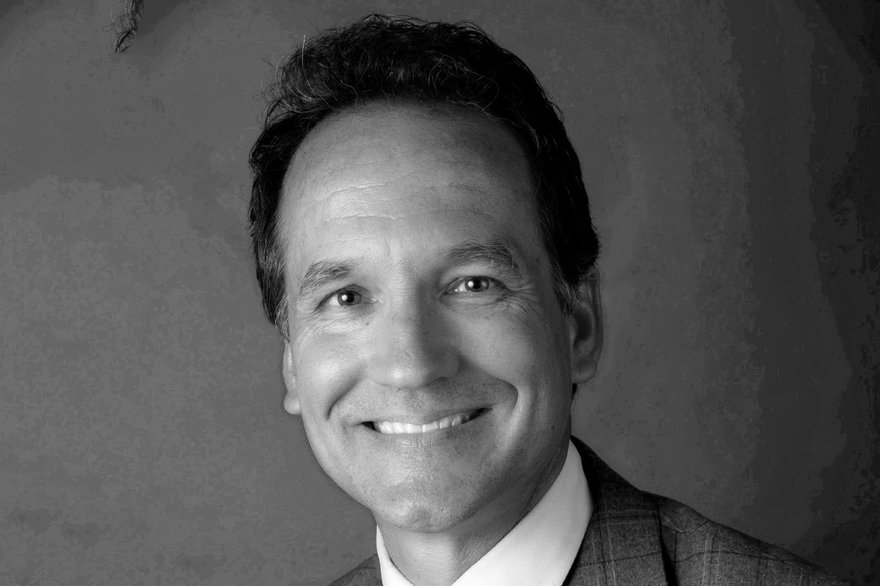Power Usage Effectiveness (PUE) affects all data center stakeholders at some level. However, the data produced by measuring data center PUE can be subjective; therefore, how it is perceived differs depending on a stakeholder’s role within an organization.
Depending on key stakeholders’ specific needs, a reduction in PUE can be attractive, producing lower energy costs and reduced operational expenditures (OpEx) and capital expenditures (CapEx), while freeing up stranded capacity for the addition of more servers to turn a greater profit. Outlined below are three key data center stakeholders’ professional perspectives on PUE importance and how each leverages it to satisfy internal and customer demands:
Engineers
When designing a data center, engineers must incorporate features that drive energy efficiency and enable future innovation, while upholding uptime requirements and protecting against outages. Engineers leverage PUE as a tool for assessing data centers’ potential energy efficiency and selecting the appropriate, energy-efficient mechanical / electrical systems. However, engineers need to be conservative about PUE during data center design, as actual PUE may be much higher once the facility is completed. This becomes an issue if the initial data is presented to the CEO, who subsequently presents it to potential investors or customers. To ensure these initial calculations are a closer match to ultimate operational results, engineers must effectively balance energy efficiency with uptime and operational goals during their initial design and analysis.
Operators
Data center operations teams are under immense pressure to reduce energy costs, while ensuring maximum availability for all critical infrastructure and management of real-time data center planning activities. Operators use PUE as a key performance indicator (KPI) metric to report the overall effectiveness of the data center to management. By understanding the facility’s energy usage, operators can justify new, more effective measures of reducing power loss in order to increase energy savings.
Executives
For data center executives, PUE is a KPI that represents the effectiveness of a facility’s overall IT strategy and affects 8 to 15 percent of the total cost of ownership (TCO) for a typical data center. Data center execs tout lower PUE as an attractive feature to corporate clients or potential customers and therefore, require regular monitoring of PUE levels.
Effectively leveraging PUE data leads to more efficient mission-critical environments, cost savings, enhanced competitive analysis, and justification for added efficiency improvements. While stakeholders currently leverage this data to fulfill their independent roles, they need to think of the long-term success that can be realized by first understanding its value to fellow team members.
Then they can make a strong business case for who in the organization should own efficiency enhancements – whether it is IT, real estate or facilities – and potentially create a compensation plan tied to OpEx and CapEx reductions using PUE as one of the measuring metrics. The cost centers that realize savings and earn utility rebates have now become partial profit centers

